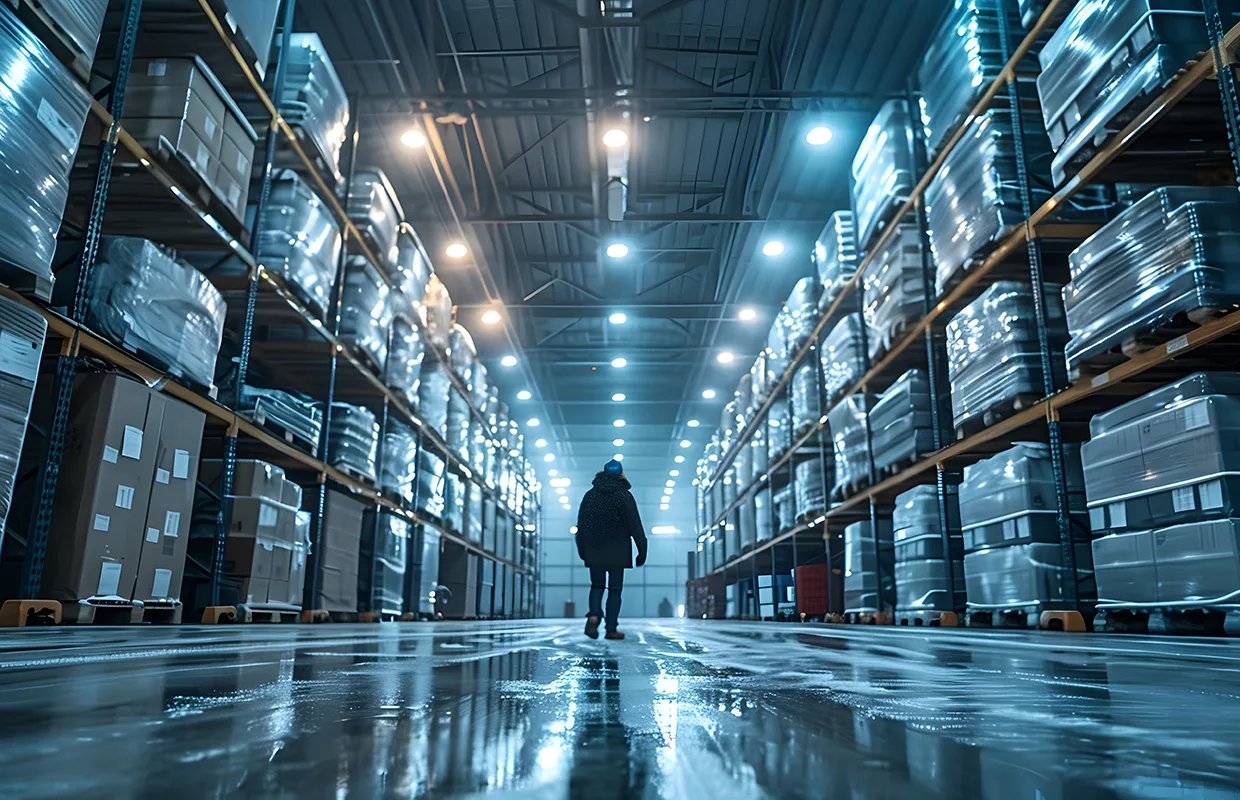In industries like food, pharmaceuticals, and biotechnology, maintaining product quality isn’t optional—it’s a legal and ethical obligation. This is where cold chain compliance comes into play. Cold chain technology ensures that perishable goods are stored, transported, and distributed within safe temperature ranges. Failing to comply with international standards can result in product spoilage, regulatory penalties, or even risks to human health.
This article explores the key global regulations that govern cold chain management and how businesses can meet them effectively.
Why Cold Chain Compliance Matters
The cold chain protects sensitive products like fresh produce, vaccines, and biologics. Non-compliance can lead to:
- Product loss: Spoiled goods that must be discarded.
- Financial loss: Revenue impact from recalls or wasted inventory.
- Legal consequences: Fines and sanctions for failing audits.
- Reputational damage: Loss of consumer trust and brand credibility.
For businesses, compliance is not just about avoiding penalties—it’s about ensuring safety, trust, and long-term competitiveness.
Key Global Standards and Regulations
1. FDA (U.S. Food and Drug Administration)
The FDA sets strict guidelines for food and drug safety. For pharmaceuticals, the FDA requires:
- Validation of cold chain systems.
- Real-time monitoring and documentation of temperature.
- Proper training for staff handling temperature-sensitive products.
2. WHO (World Health Organization)
The WHO provides Good Storage and Distribution Practices (GSDP) for vaccines and medicines, including:
- Approved equipment for refrigeration and transport.
- Standardized temperature ranges (e.g., 2–8°C for most vaccines).
- Reliable monitoring and reporting systems.
3. GDP (Good Distribution Practice – EU Standards)
GDP regulations ensure the integrity of medicinal products in the European Union. Requirements include:
- Qualified cold chain storage and transport facilities.
- Documented quality management systems.
- Temperature-controlled packaging and validated shipping routes.
4. Other Standards
- ISO 23412: Guidelines for refrigerated delivery services.
- USDA (United States Department of Agriculture): Standards for fresh food distribution.
- Local regulations: Many countries enforce their own cold chain standards in addition to international frameworks.
How to Achieve Compliance
1. Implement Temperature Monitoring Systems
Use IoT sensors, data loggers, and cloud platforms for real-time tracking of temperature, humidity, and other environmental factors.
2. Validate Cold Chain Equipment
Ensure refrigerators, freezers, and insulated containers meet global compliance standards. Regular calibration is essential.
3. Train Personnel
Staff should be trained on proper handling, monitoring, and reporting protocols to minimize human error.
4. Maintain Documentation
Detailed records of temperature logs, equipment checks, and distribution processes are required for audits and inspections.
5. Use Redundant Systems
Backup generators, dual-sensor systems, and emergency response protocols reduce the risk of non-compliance during equipment failures.
6. Conduct Regular Audits
Routine internal and external audits help identify gaps in compliance and areas for improvement.
The Role of Technology in Compliance
Modern cold chain compliance relies heavily on advanced technology:
- IoT devices provide continuous, automated monitoring.
- Blockchain enhances traceability and trust in supply chains.
- AI-driven analytics predict risks, such as equipment failure or route delays.
By leveraging these tools, companies can move beyond basic compliance toward proactive quality assurance.
Cold Chain Compliance as a Strategic Advantage
Cold chain compliance is more than a regulatory checkbox—it’s a cornerstone of product safety, quality, and trust. Whether you’re distributing fresh food, vaccines, or biologics, aligning with global standards like FDA, WHO, and GDP ensures that your products remain safe and effective throughout their journey.
In a world where consumers and regulators demand transparency, companies that prioritize compliance not only protect public health but also gain a competitive edge in the global marketplace.

